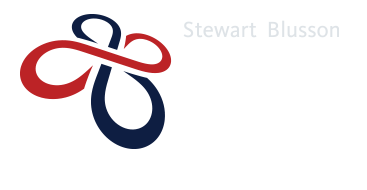
Affiliate Professor
Nanotechnology
Office Location
Department of Electrical and Computer Engineering
Kaiser 4041
2332 Main Mall, Vancouver, BC V6T 1Z4
Lab Location
Lower Mall Research Station
LMRS 350
2259 Lower Mall, Vancouver, BC V6T 1Z4
Phone: (604) 827-4346
E-mail: anojeh@ece.ubc.ca
Education
Bachelors Degree Sharif University of Technology (1997)
Masters Degree Sharif University of Technology (1999)
Masters Degree (DEA) University of Paris XI (2000)
Doctoral Degree Stanford University (2006)
Employment History
2006 - 2011 Assistant Professor, University of British Columbia
2011 - 2016 Associate Professor, University of British Columbia
2016 - Present Professor, University of British Columbia
Awards & Honours
1992Selected Member of the Iranian National Physics Olympiad Team
1993Honorable Mention for “Outstanding Achievement in Physics,” 24th International Physics Olympiad
2013Honorable Mention & Most Bizarre Micrograph Award, International Conference on Electron, Ion, and Photon Beam Technology and Nanofabrication
2014Most Bizarre Micrograph Award, International Conference on Electron, Ion, and Photon Beam Technology and Nanofabrication
2014Wall Scholars Research Award, Peter Wall Institute for Advanced Studies
2015Wall Scholars Research Award, Peter Wall Institute for Advanced Studies
Committees & Service
2006 - 2007 ECE Undergraduate Nanotechnology and Microsystems Option Programming Committee
2006 - 2008 ECE Graduate Scholarships Committee
2006 - 2010 ECE Open House Committee
2007 PCAMM Program Committee
2007 - 2009 ECE Safety Committee, Lower Mall Research Station
2008 MNRC Program Committee
2008 - 2012 Representative to the Faculty of Science
2008 - Present Engineering Physics Board of Studies
2008 - Present Reviewer for the Canada Foundation for Innovation, the Natural Sciences and Engineering Research Council of Canada, the US National Science Foundation, the Hong Kong Research Grants Council, the European Research Council
2009 Martha Piper Research Fund Selection Committee
2009 MNRC Program Committee
2009 - 2011 ECE Curriculum Reform Task Force
2010 GLSVLSI Program Committee
2010 CMOSET Program
2010 PCAMM Program Committee
2010 FRQNT Multidisciplinary Evaluation
2010 - 2011 ECE Detailed Design Groups for the Curriculum
2011 ECE Merit/PSA Committee
2011 ECE Space Committee
2011 CMOSET Program Committee
2011 GLSVLSI Program Committee
2011 FRQNT Multidisciplinary Evaluation Committee
2013 ECE Reappointment Committees
2013 CMOSET Program Committee
2013 NANOARCH Program Committee
2013 - Present New Building Committee for the Stewart Blusson Quantum Matter Institute
2014 FRQNT Thematic Committee
2014 - 2015 ECE Graduate Program Improvement Committee
2014 - 2016 ECE Initiative on Engagement with the Industry
2014 - Present IVNC International Steering Committee
2015 Internal Selection Committee for NSERC Research Tools and Instruments Proposals
2015 EIPBN Program Committee
2015 - 2016 ECE Executive Committee
2015 - 2016 ECE Associate Head, Research, Industry and Community Relations
2016 International Visiting Research Scholars Selection Committee, Peter Wall Institute for Advanced Studies
2016 IVNC Chair and Organizer
2016 - Present ECE Curriculum Committee

